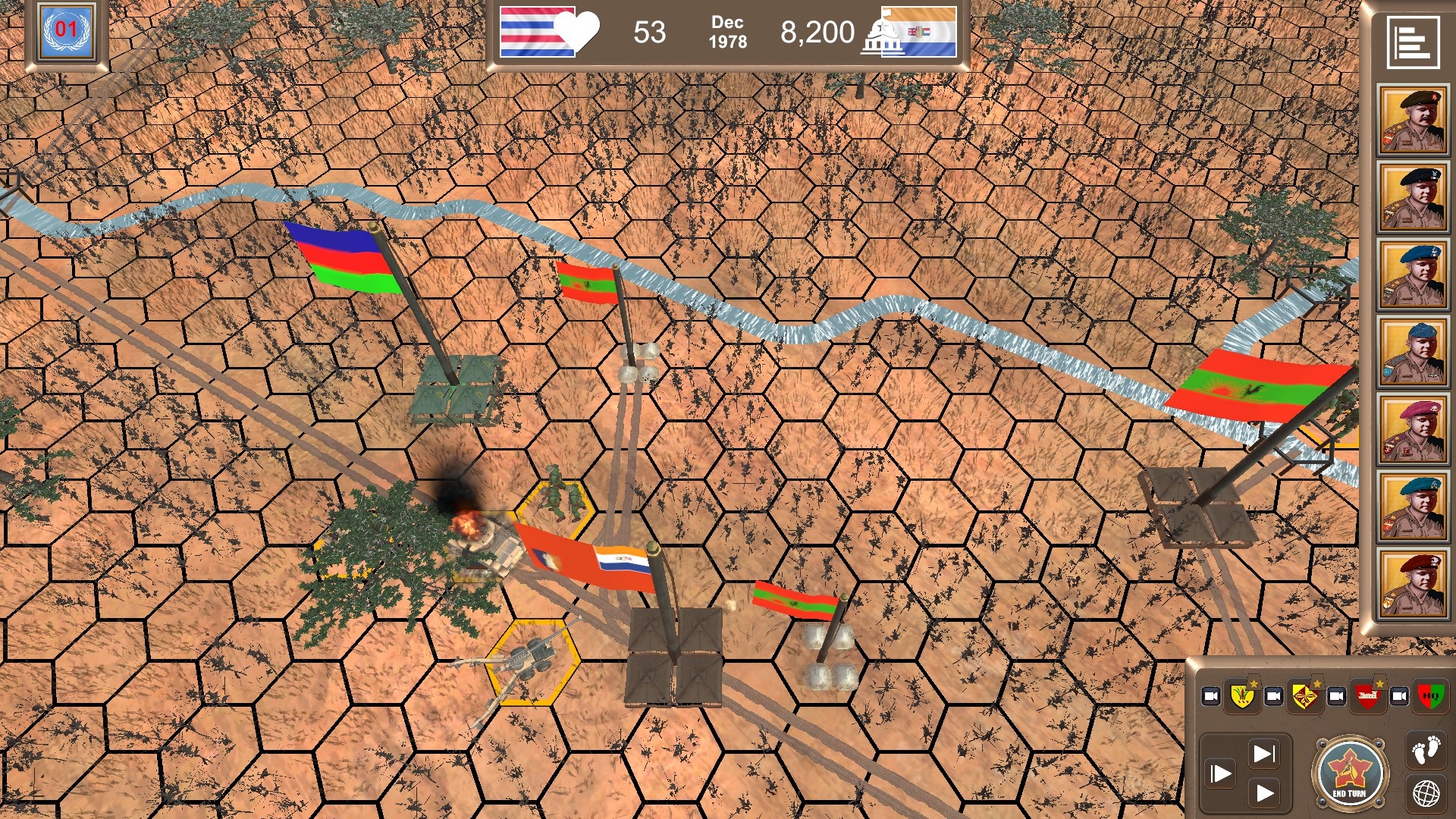Halfway through my last play session, a concerned Angola ’86 metaphorically took me to one side and said “Tim, for heaven’s sake, pull your socks up!”. On reflection, I deserved the wake-up call. At the time it came I was contemplating a Namibian hexgrid dotted with starving/stationary South African troops, and out-of-fuel and immobilised SADF vehicles. I was acutely aware that Resolution 435 wasn’t far off, and I hadn’t trained nearly enough UNITA and SWATF units to cope with the UN-overseen ‘end game’.
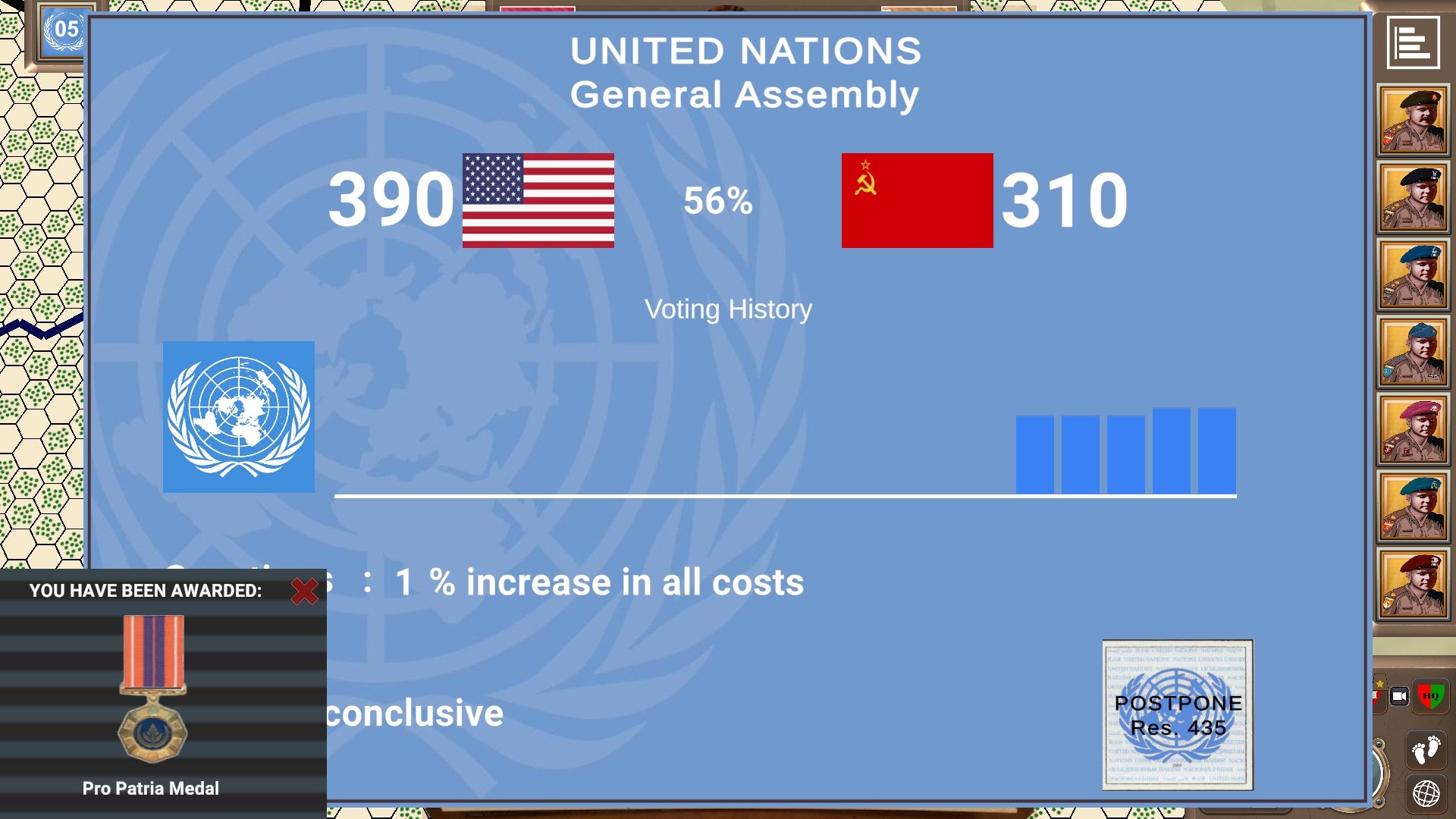
Adopting the mindset necessary to play Angola ’86 tolerably well has taken me almost as long as learning the game’s thoughtful, history-rooted rules. Not having fired-up Afghanistan ’11 or Vietnam ’65 in a while, I’d forgotten just how much plate spinning one needed to do to prevail in an Every Single Soldier COIN wargame. I’d forgotten just how vital total concentration and a systematic approach was to success.
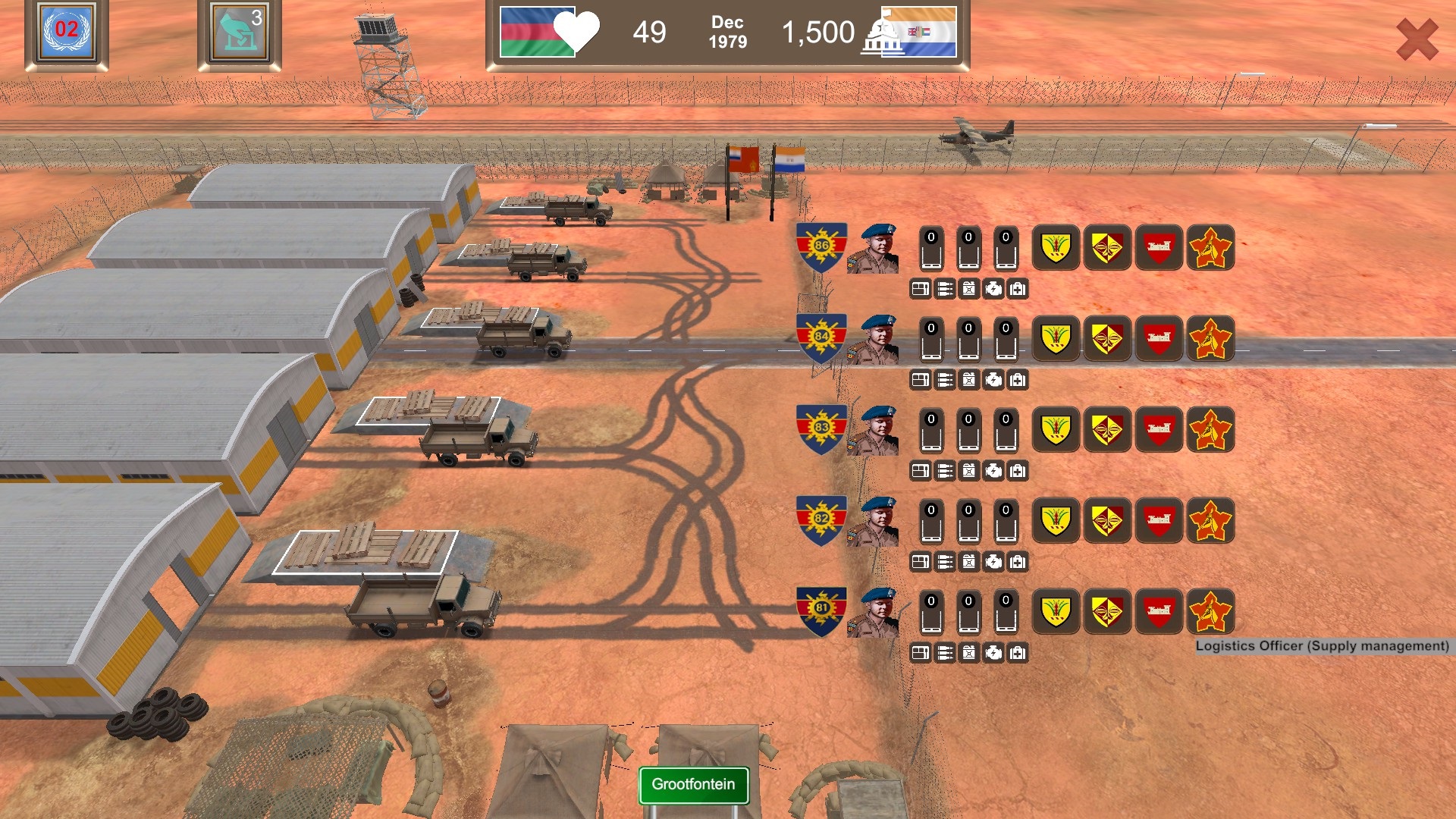
In terms of the areas of the brain it exercises, Angola ’86 is closer to a traditional management game – an instalment or Railroad Tycoon or Industry Giant – than a hex wargame like Unity of Command or Order of Battle. An elusive, confrontation-averse enemy, a non-existent frontline, and units dependent on regular deliveries of fuel, rations, and (in some cases) ammo, mean you spend far more time searching for the foe, and building and provisioning the components of your 4+* forces, than fighting.
* One for each semi-randomly-generated map sector, plus UNITA, and any battle groups you’ve created.
As the integrated tips page makes clear, while sensible SADF commanders patrol often and extensively, they also somehow find the time and resources to attend to a host of other activities too.
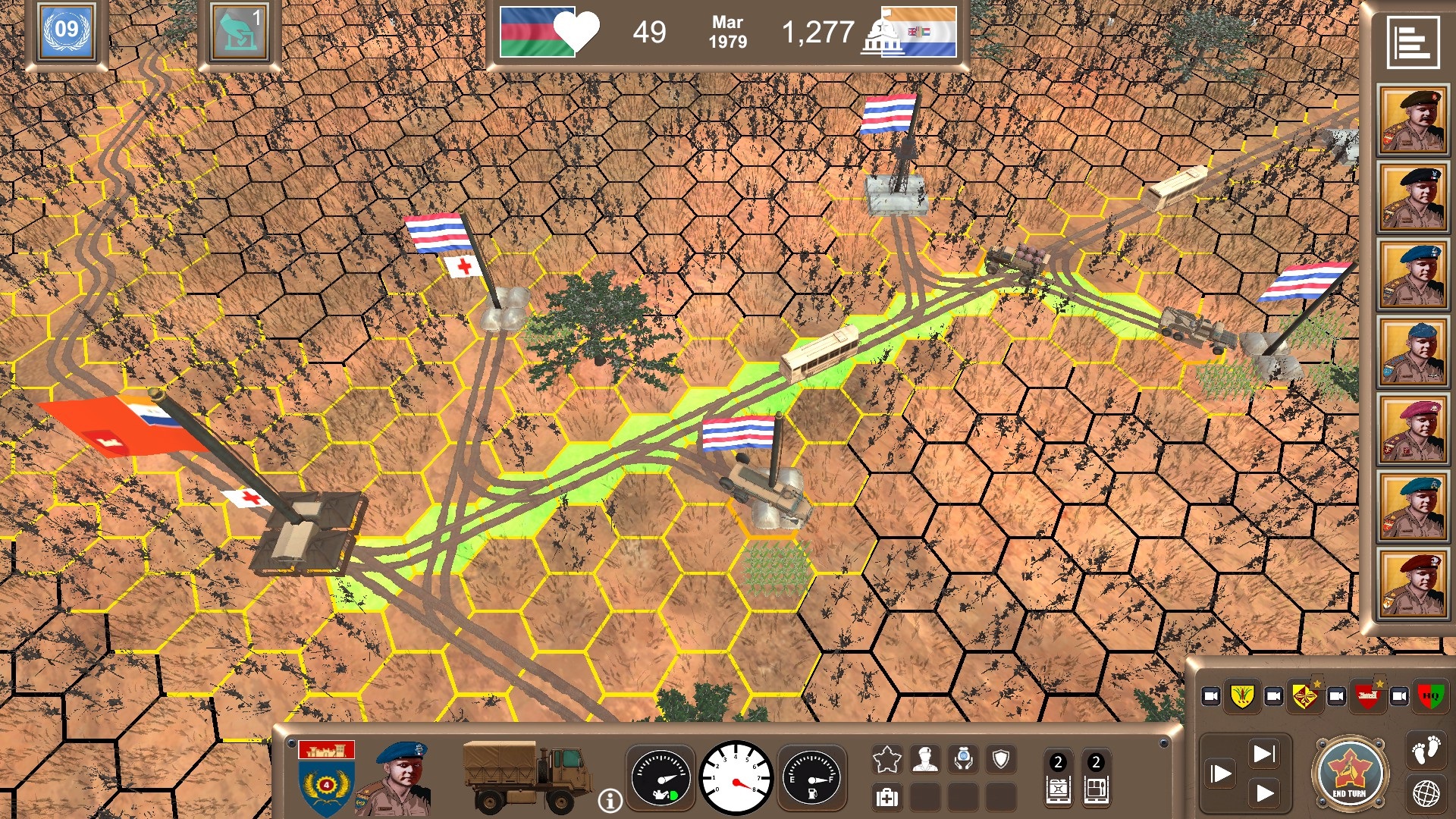
Preventing the sly SWAPO cadres that stealthily infiltrate from the north, from reaching villages, mining roads, raiding farms, and ambushing buses? Definitely a good idea. Garnering intel from those villages, and generating support amongst their inhabitants by distributing aid, providing medical care, and building waterworks and clinics? Sensible. How much effort should you put into improving the road network so that your assets can move around more efficiently? Where should you build additional bases? How should you go about dealing with SWAPO and FAPLA threats across the border in Angola? Designer Johan Nagel positively bombards his customers with choices.
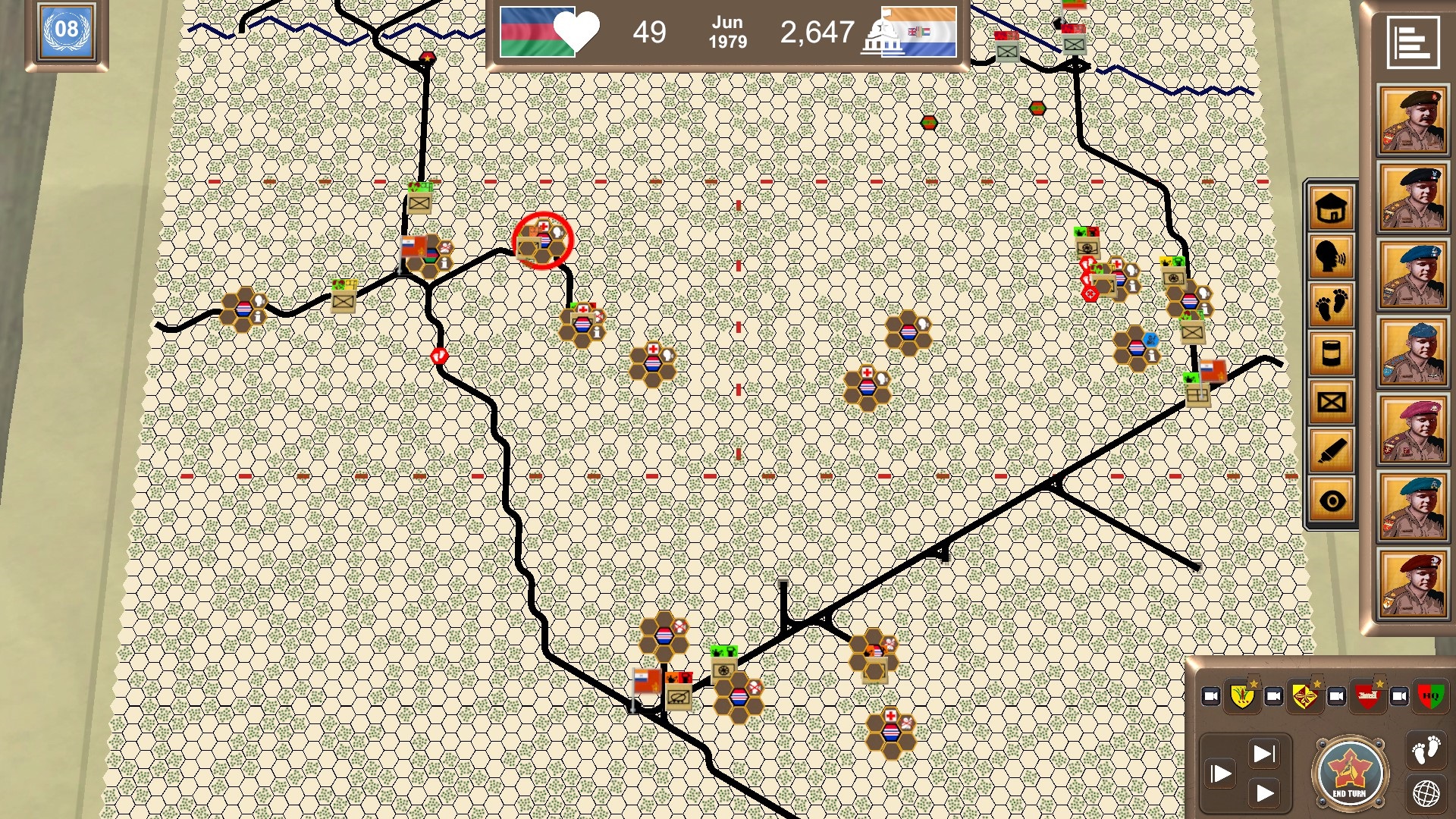
Which is great. Less great are the tools and visual aids he provides for analysing this multitude of priorities and executing appropriate actions. Let me be clear, despite a smattering of EA bugs* Angola ’86 is perfectly playable currently. What it’s not, I feel, is quite as ergonomic as it could/should be. The more I play the more convinced I am that ESS should have offered either the 3D map or the 2D map, not both. If vegetation was toggleable, the zoom was more elastic, and the various informational icons available in 2D were also present in 3D, then disruptive map switching – something that can’t be achieved with a roll of the mousewheel at present – would be totally unnecessary.
* The most serious of which compels you to reinstall between games in order to start with a totally clean sheet.
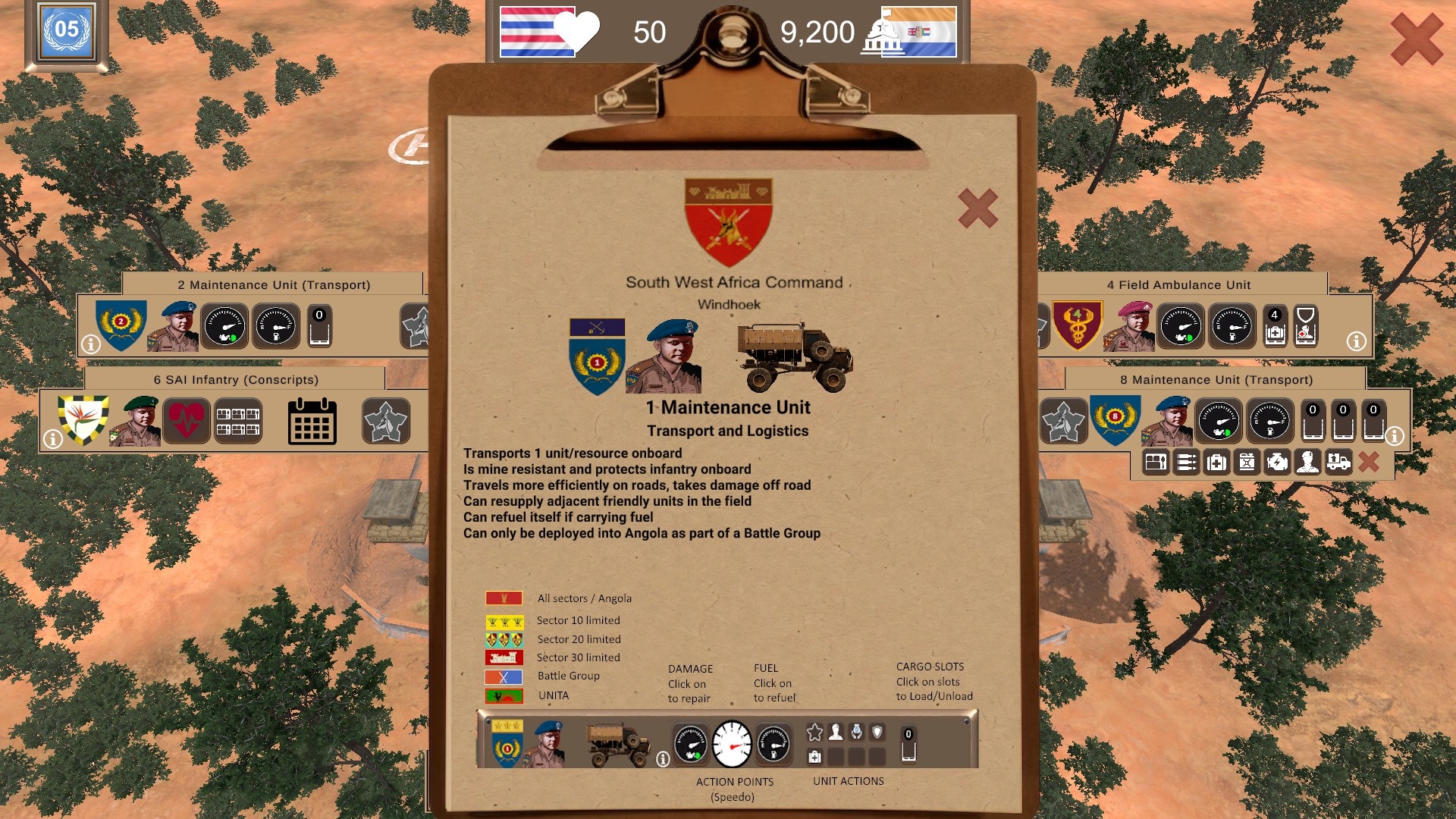
I suspect it’s too late in the day for a major cartographic rethink, but I’ll be disappointed if smaller interface improvements such as an undo button, toggleable trees, and a route predictor that shows hexes reachable in the current turn, aren’t implemented during the EA period.
(Tune in tomorrow for more Angola ’86 reflections)

